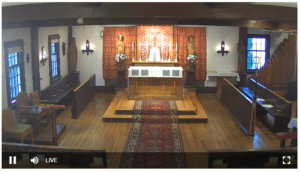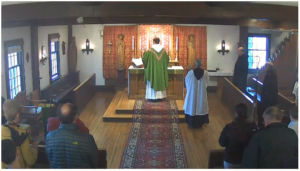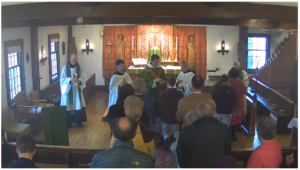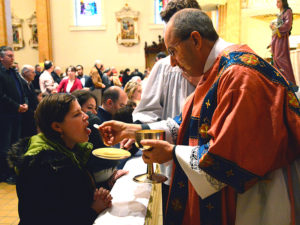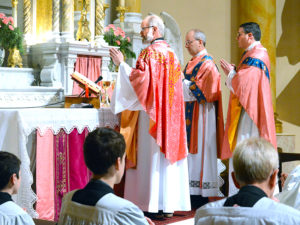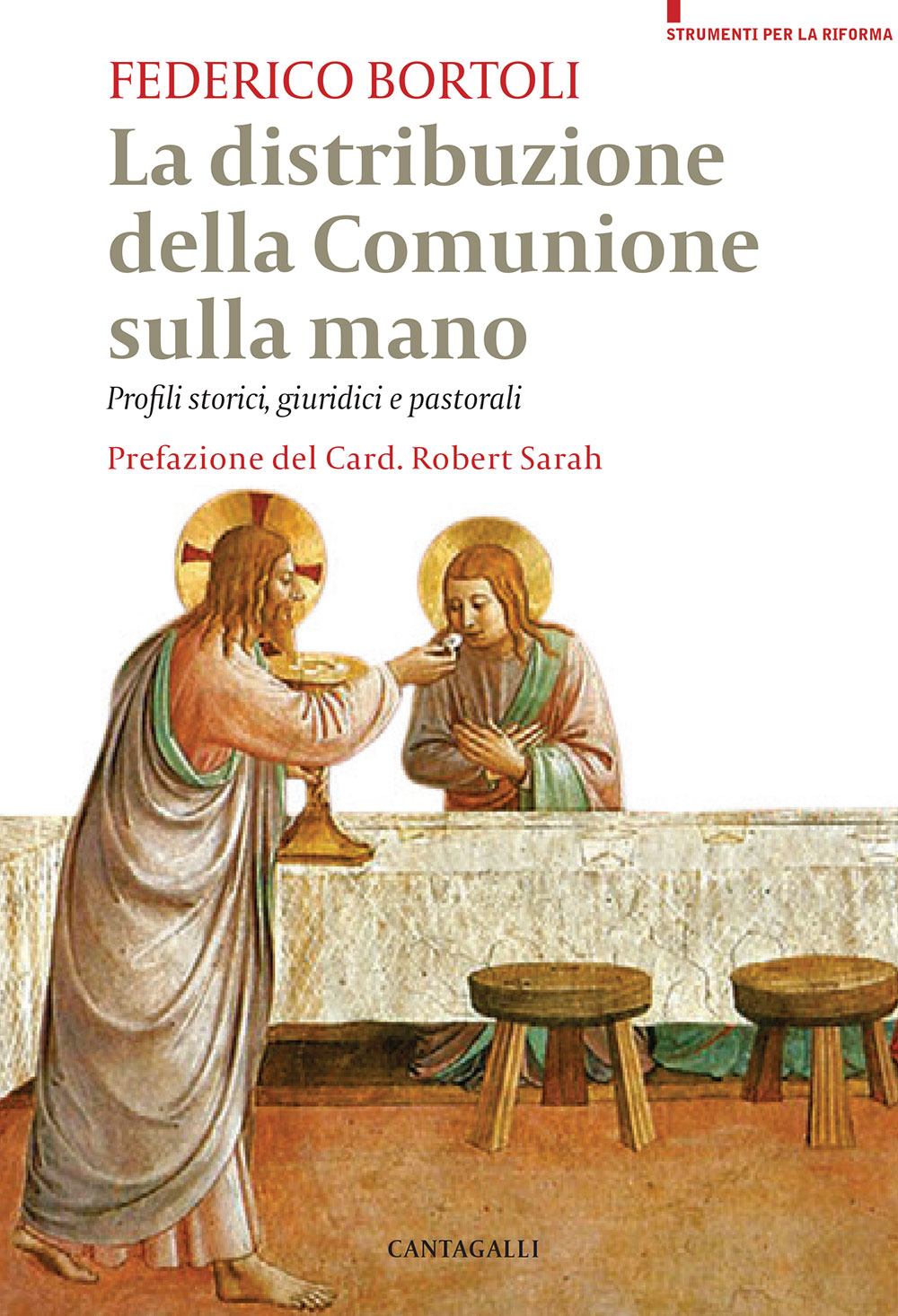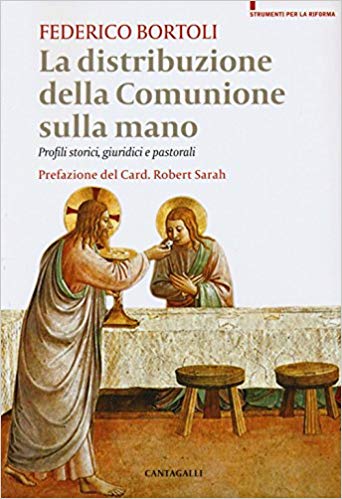May 1, 2018
Dear Faithful of the Archdiocese of Portland,
Beginning on the Solemnity of the Most Holy Body and Blood of Christ this year (June 3, 2018), Archbishop Sample has determined that during the celebration of Holy Mass, after the Lamb of God, the faithful will kneel. [A partire dal prossimo 3 giugno 2018, durante la celebrazione della Santa Messa, dopo l’Agnus Dei i fedeli si inginocchieranno]
This change will unite us with the Universal Church, the majority of the Dioceses in the United States and the other diocese (Baker) in the State of Oregon. More importantly, it will aid in the reverent participation of the Holy Mass and increase our devotion to the Holy Eucharist.
The current General Instruction of the Roman Missal (GIRM) states under the section regarding Movement and Postures that: “The faithful kneel after the Agnus Dei unless the diocesan Bishop determines otherwise.” [43] Previously, the Archdiocese had instructed that the faithful remain standing after the Lamb of God. [The General Instruction on the Roman Missal, 2000 Revisions and Adaptations for the Archdiocese of Portland in Oregon.]
After the Lamb of God, the faithful should remain kneeling until they move from their place to receive Holy Communion. The tradition of remaining kneeling after the reception of Holy Communion until the priest has returned to his seat is to be commended. [È lodevole la tradizione di rimanere in ginocchio dopo aver ricevuto la Santa Comunione fino a che il sacerdote non è ritornato alla sede]
Those who cannot kneel due to infirmity or other impediment should be seated so as to not impede the view of those who kneel.
Source: https://archdpdx.org/


